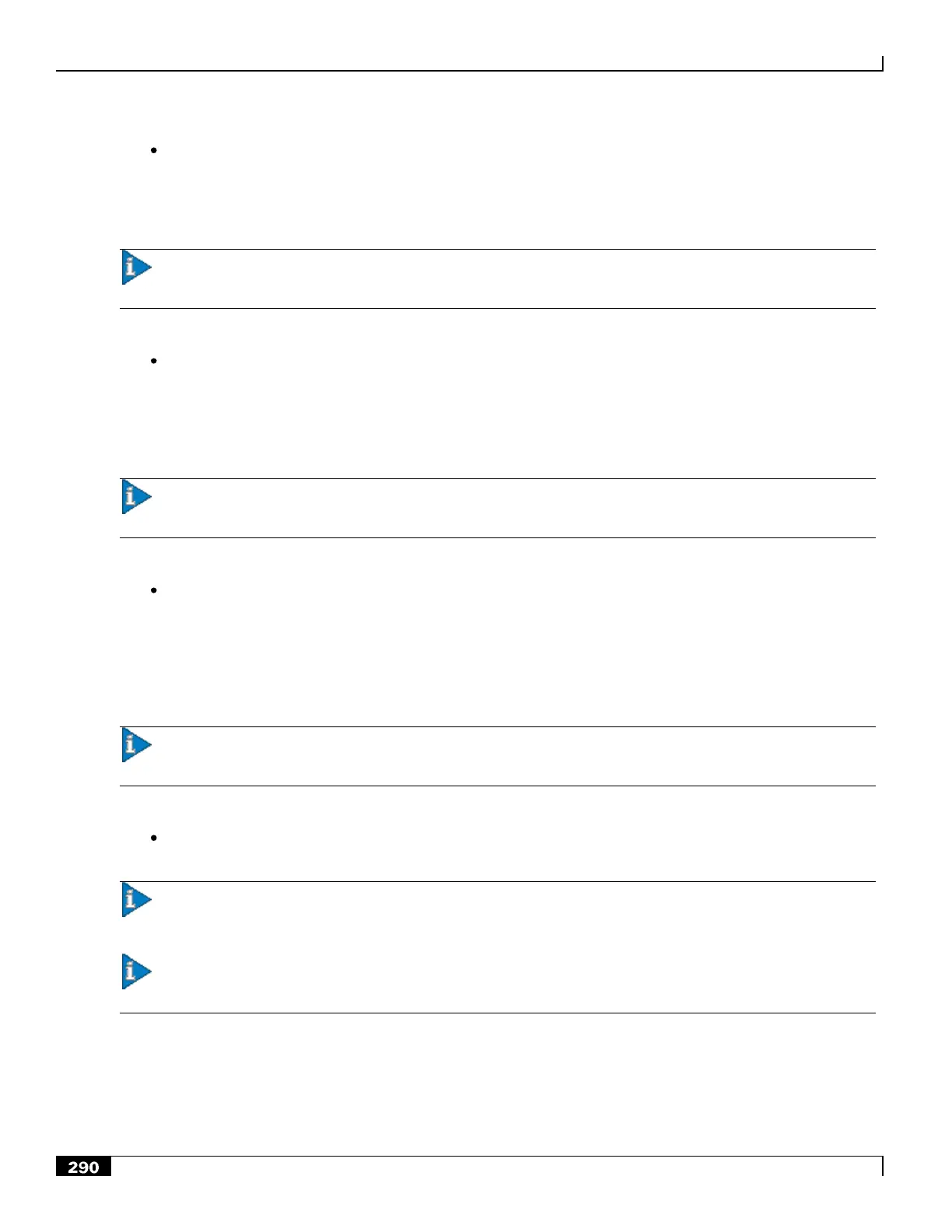GGSN Support in GPRS/UMTS Wireless Data Services
▀ Network Deployment and Interfaces
▄ Cisco ASR 5000 Series Product Overview
Gx: This is an optional Diameter protocol-based interface over which the GGSN communicates with a Charging
Rule Function (CRF) for the provisioning of charging rules that are based on the dynamic analysis of flows
used for an IP Multimedia Subsystem (IMS) session. The system provides enhanced support for use of Service
Based Local Policy (SBLP) to provision and control the resources used by the IMS subscriber. It also provides
Flow based Charging (FBC) mechanism to charge the subscriber dynamically based on content usage.
Important: The Gx interface is a license-enabled support. For more information on this support, refer Gx
Interface Support in Features and Functionality - Optional Enhanced Feature Software section.
Gy: This is an optional Diameter protocol-based interface over which the GGSN communicates with a Charging
Trigger Function (CTF) server that provides online charging data. Gy interface support provides an online
charging interface that works with the ECS deep packet inspection feature. With Gy, customer traffic can be
gated and billed in an ―online‖ or ―prepaid‖ style. Both time- and volume-based charging models are
supported. In all of these models, differentiated rates can be applied to different services based on shallow or
deep packet inspection.
Important: This interface is supported through Enhanced Charging Service. For more information on this
support, refer Enhanced Charging Service Administration Guide.
GRE: This new protocol interface in GGSN platform adds one additional protocol to support mobile users to
connect to their enterprise networks: Generic Routing Encapsulation (GRE). GRE Tunneling is a common
technique to enable multi-protocol local networks over a single-protocol backbone, to connect non-contiguous
networks and allow virtual private networks across WANs. This mechanism encapsulates data packets from
one protocol inside a different protocol and transports the data packets unchanged across a foreign network. It
is important to note that GRE tunneling does not provide security to the encapsulated protocol, as there is no
encryption involved (like IPSEC offers, for example).
Important: The GRE protocol interface is a license-enabled support. For more information on this support, refer
GRE Protocol Interface Support in Features and Functionality - Optional Enhanced Feature Software section.
S6b: This is an optional Diameter protocol-based interface over which the GGSN communicates with 3G
AAA/HSS in LTE/SAE network for subscriber authorization.
Important: This interface is supported through license-enabled feature. For more information on this support,
refer Common Gateway Access Support in guide.
Important: GGSN Software also supports additional interfaces. For more information on additional interfaces,
refer Features and Functionality - Optional Enhanced Feature Software section.
